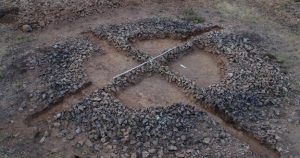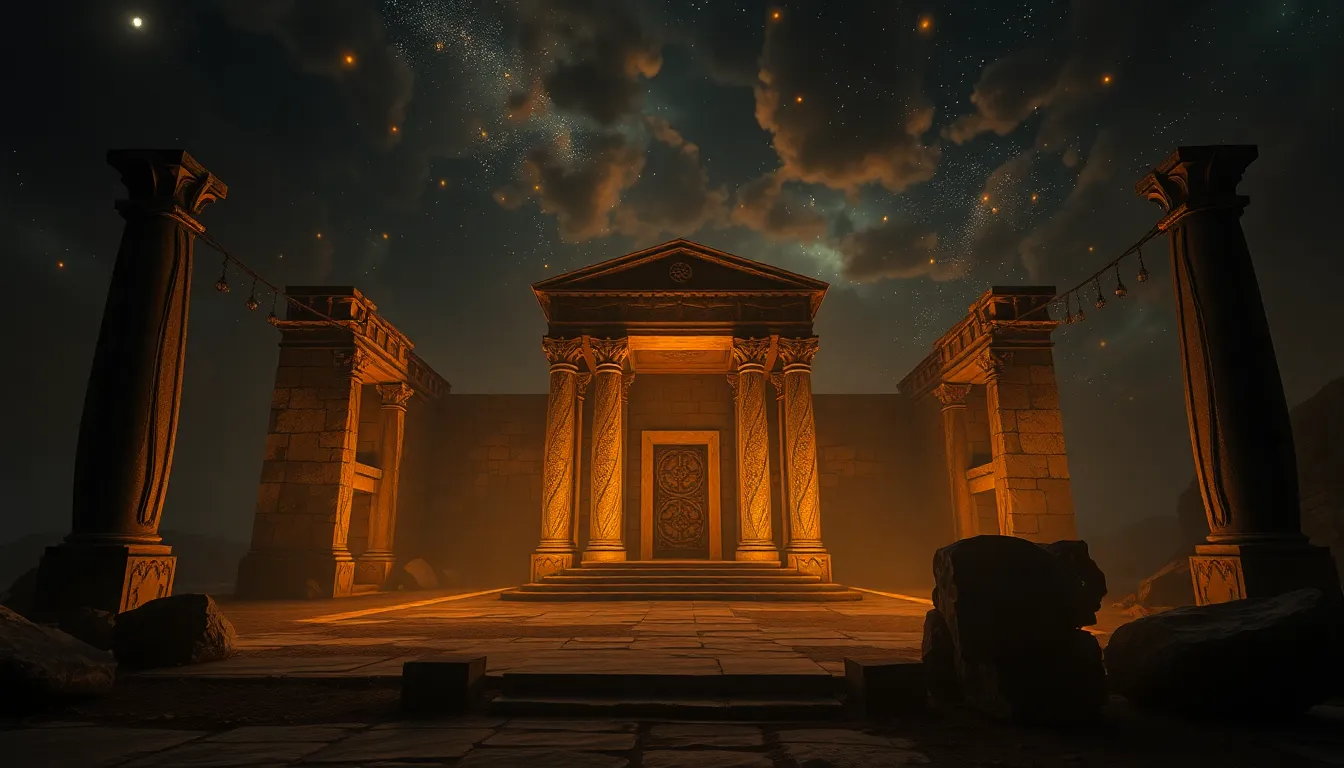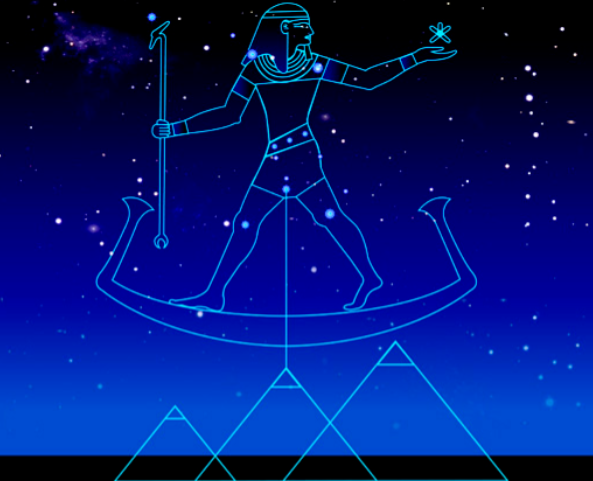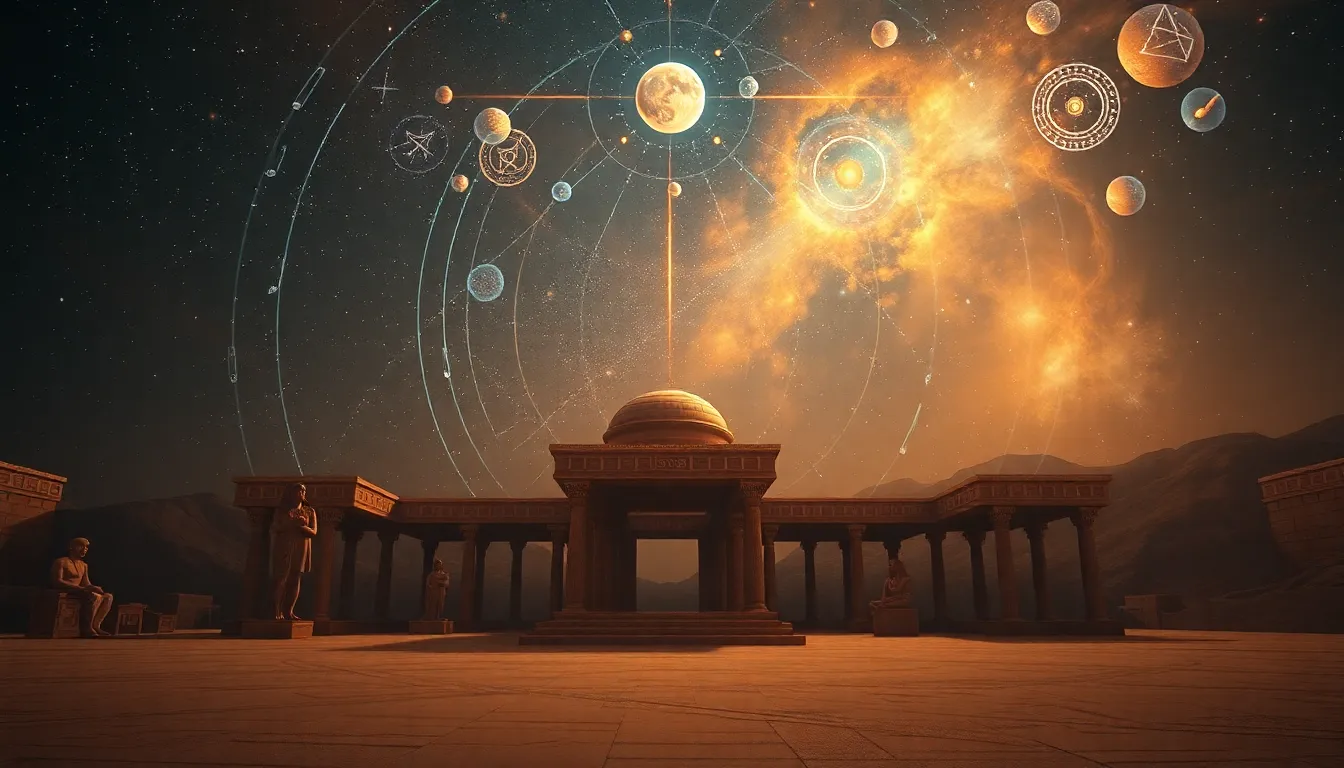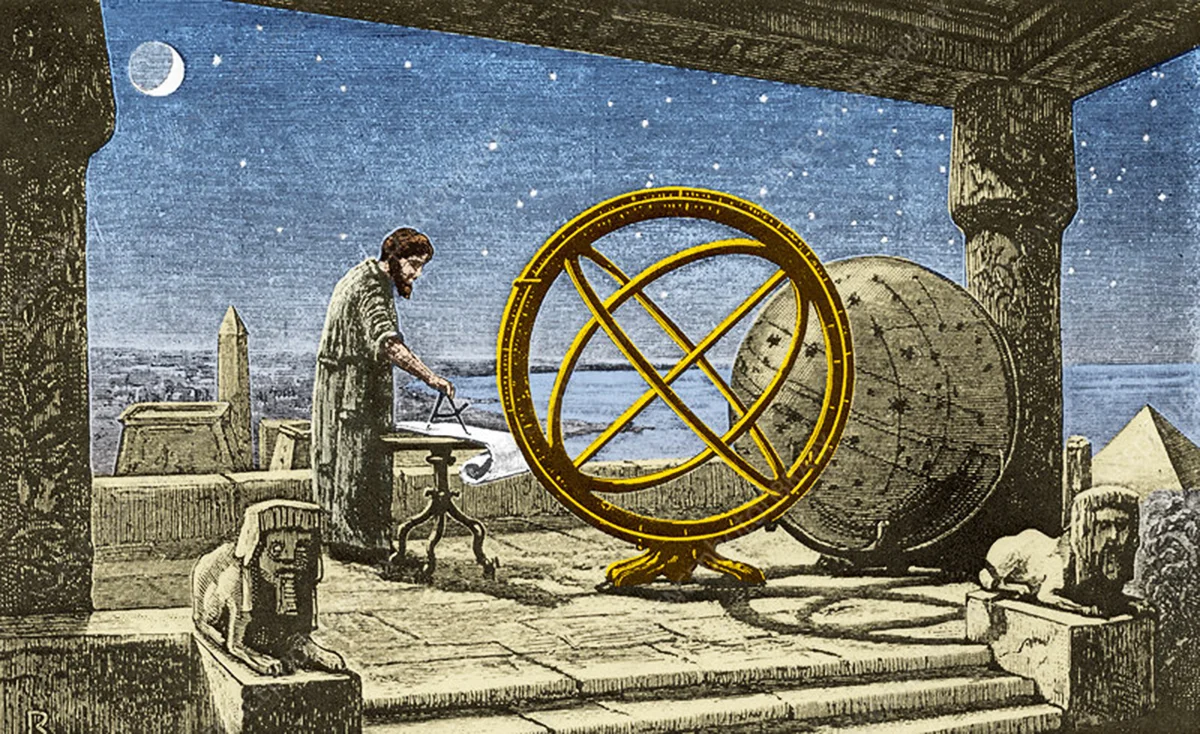Kazakhstan Burial Mounds: Ancient Civilization Discovered
In a remote region of Kazakhstan, archaeologists have uncovered 150 burial mounds, or kurgans, revealing a previously unknown civilization. The Archeology Magazine informs that preliminary analysis suggests these mounds predate the early Scythians and Saka tribes, offering a glimpse into a society whose social structures, rituals, and cultural practices remain a mystery. This discovery echoes other forgotten civilizations, such as the Iberian civilization that vanished, and the ancient urban networks hidden beneath the Amazon rainforest and the Sahara.
Understanding the Kazakhstan Burial Mounds
The burial mounds in Kazakhstan are scattered across the West Kazakhstan region, a historically rich area. Their size and structure vary, with some mounds featuring intricate stone arrangements and unusual burial practices. These differences distinguish them from the later Scythian and Saka burial traditions, suggesting that they belonged to a unique and previously unknown society.
Artifacts recovered include pottery, tools, and textile fragments. These finds not only hint at daily life but also indicate sophisticated craftsmanship and social hierarchy. Such discoveries underscore the Eurasian steppe’s complexity, much like the urbanized Amazonian sites recently uncovered (Ancient360).
Global Parallels: Lost Civilizations Around the World
The Kazakhstan kurgans are part of a broader narrative of lost and forgotten civilizations. Similar to how archaeologists revealed the Iberian civilization that vanished, these burial sites demonstrate that advanced societies often leave behind minimal written records but substantial material evidence.
Other examples, such as the extensive settlement networks in the Amazon and previously assumed “empty” regions of the Sahara (Ancient360), highlight how human ingenuity has repeatedly transformed landscapes in ways that were lost to history. The Kazakhstan mounds contribute a new layer to this global tapestry of forgotten peoples.
Key Features of the Kazakhstan Burial Mounds
The Kazakhstan burial mounds show consistent patterns that suggest intentional design and social organization:
-
Size and structure: Varying heights and diameters indicate hierarchical or ritual significance.
-
Artifacts: Pottery, tools, and textiles suggest advanced craftsmanship.
-
Arrangement: Some mounds are aligned in patterns possibly reflecting cultural or ceremonial importance.
Such features parallel other global sites, emphasizing the recurring theme of sophisticated ancient societies that vanish from written history yet leave enduring traces.
What This Discovery Tells Us About Ancient Societies
These burial mounds challenge our assumptions about early societies in Central Asia. They suggest a civilization with established social order, spiritual or ceremonial traditions, and technological capability.
Much like the Iberian civilization (Ancient360), the people who constructed these mounds may have had a rich cultural identity that disappeared without leaving substantial written records. Their legacy survives primarily through material culture, connecting them to other enigmatic ancient societies worldwide.
Connecting Kazakhstan to Broader Archaeological Narratives
This discovery invites us to consider how ancient human populations were more interconnected and sophisticated than previously thought. It aligns with research from other “hidden” civilizations, such as those in the Amazon (Ancient360) and Sahara (Ancient360), showing that entire networks of settlements and cultural practices often remain undiscovered beneath modern landscapes.
By linking Kazakhstan’s burial mounds to these global examples, we gain a deeper understanding of human innovation, social complexity, and the patterns of cultural disappearance.
Conclusion
The Kazakhstan burial mounds reveal a previously unknown civilization with distinct social and ritual practices. Their discovery not only enriches Central Asian history but also highlights a recurring theme in archaeology: many ancient societies—like the Iberians, Amazonian urban centers, and Saharan settlements—have left profound but often overlooked traces of their existence.
Continued research into these kurgans promises to illuminate their culture and contribute to our understanding of forgotten civilizations across the globe, connecting Central Asia to a broader narrative of human ingenuity and resilience.
